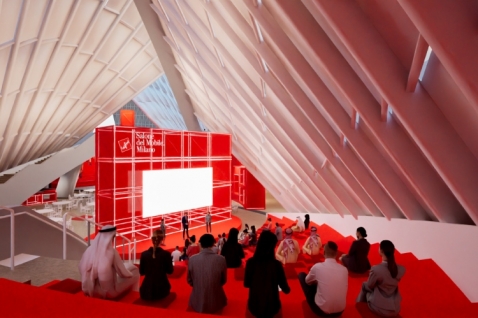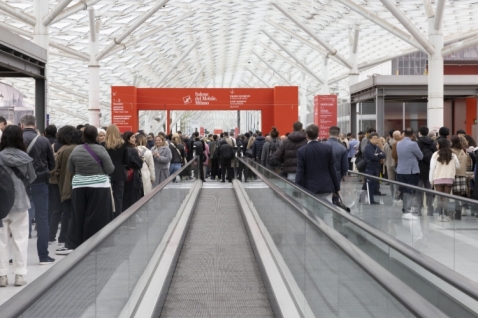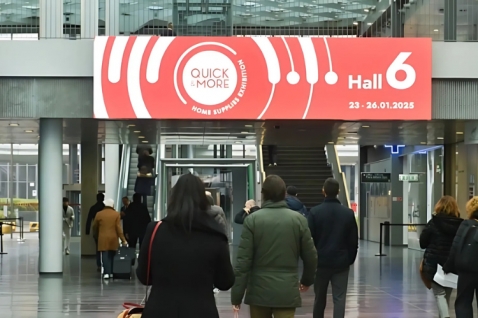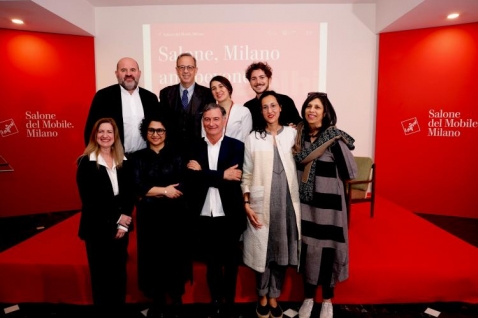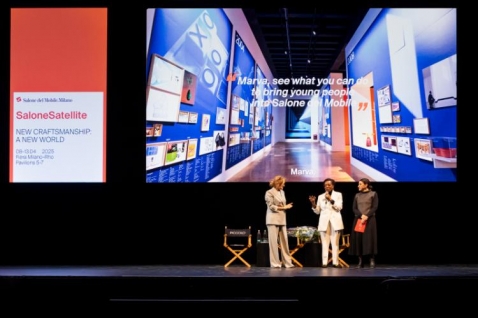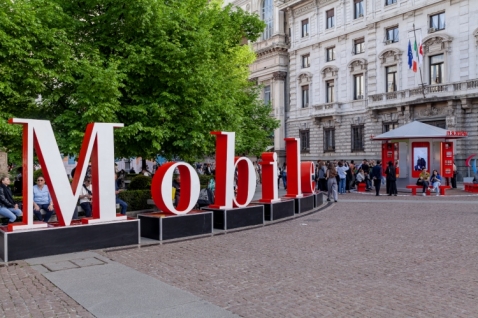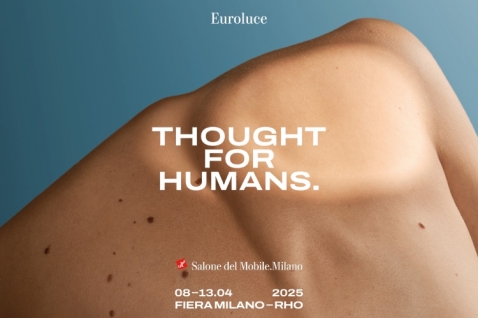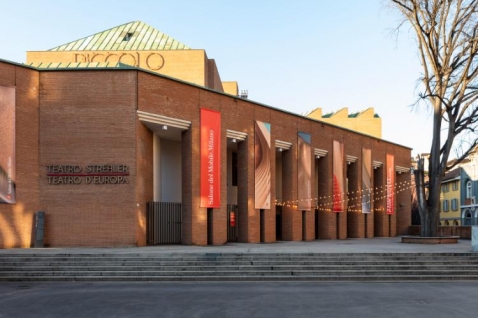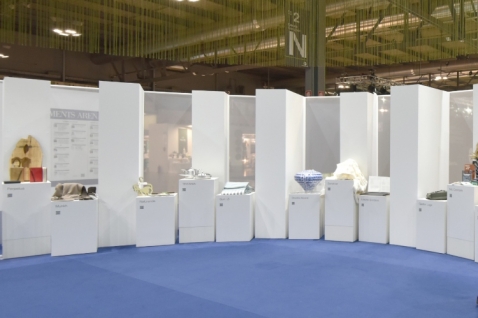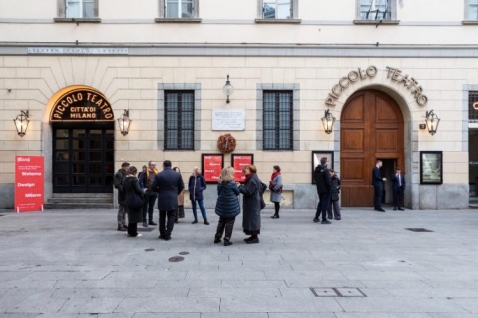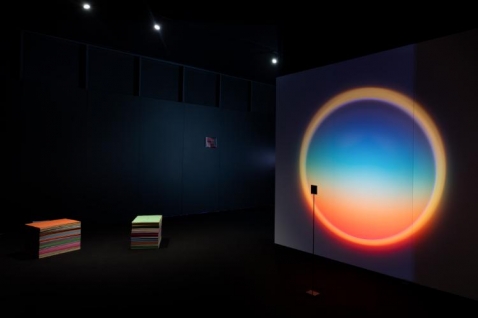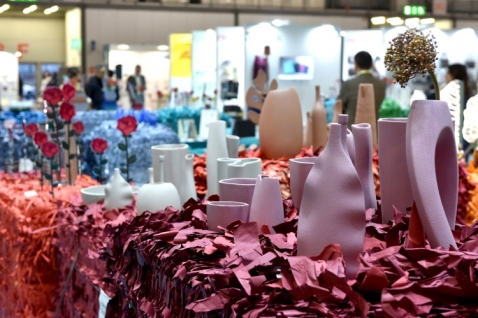
Interior architecture is still the prime field of exploration, study and reflection in terms of its direct impact on people’s everyday lives. Interior architecture has a particularly special remit: to conceive and define, with shapes colours and details, the spaces and environments that will surround us, our families, our friends, by designing a “world” around these lives.
At such a particular point in time as this, when interest in the various design disciplines has increased, with a dual focus on architecture and design, there is still no established critical recognition for this discipline, which has always been practised by younger people in particular – not just in Italy. This is because interior architecture has always been the first field of professional practice with which all designers have had to contend and in which they find their first commissions.
Thus, while this discipline – interior architecture – is still a key driver for professionalism and for economies, there are few or almost no critical opportunities for putting the spotlight on these often extremely sophisticated and cultured (interior) architectural works. There have been scant opportunities over the last fifty years for reflections on this professional design sphere: in the “Colours and Shapes in Today’s Home” exhibition at Villa Olmo, Como, in 1957; in the “La Casa Abitata” exhibition at Palazzo Strozzi, Florence, in 1965; in “The Domestic Project” exhibition at the Triennale di Milano, in 1986. There was also the seminal, groundbreaking MoMA exhibition, Italy. “The New Domestic Landscape”, in New York in 1972, where there was no lack of projects for “interior environments.” Thus, even today, there would appear to be an even greater need for reflection on the work carried out by a great many architects, masters and those no longer in the first flush of youth, through a great exhibition focusing on the state of the art, showcasing the sophisticated, experimental and original work of a select group of authors as effectively as possible.
The Salone del Mobile di Milano, a place for experimentation, business, innovation and culture, has taken up the gauntlet, with a wide-ranging exhibition at the XXI Triennale. Curated by Beppe Finessi, the Rooms. New Domestic Landscapes exhibition showcases interior architecture as interpreted by 11 leading designers who have taken on the most meaningful and profound issues of contemporary society, identified by the philosopher Francesco Cataluccio and drawn from the greatest philosophical and literary works.
11 TOP DESIGNERS Umberto Riva, Alessandro Mendini, Manolo De Giorgi, Lazzarini and Pickering, Mara Laudani and Marco Romanelli, Andrea Anastasio, Fabio Novembre, Duilio Forte, Elisabetta Terragni, Carlo Ratti and Francesco Librizzi.
1 LARGE INTRODUCTORY SPACE with pictures, drawings and models of exemplary projects from the history of Italian Interior Architecture
11 ROOMS designed by 11 architects for different functions and projected uses, referencing philosophical horizons chosen ad hoc from themes explored by contemporary writers
Layout: Gianni Filindeu Graphics: Leonardo Sonnoli
Place: Triennale di Milano, “Curve” – 1,600 m2.
XXI International Exhibition of the Triennale di Milano “21st Century. Design after Design”
In 2016, after a twenty-year break, the International Exhibition of the Triennale di Milano came back to life. It had started in Monza in 1923, and moved to Milan in 1933, its purpose to explore the urgent and topical issues facing society.
Its traditional venue, the Palazzo dell’Arte, is now a point of reference for Milan’s cultural scene: it hosts the Triennale Design Museum, international exhibitions, a specialist library, a theatre and recreational spaces for visitors of all ages.
The XXI Triennale is a Bureau International des Expositions (BIE) recognised exhibition. The exhibition: 21st Century. Design after Design
The last few decades spanning the 20th and the 21st centuries have seen the steady spread of design as a skilled added-value tool in a constantly growing global market. The role and status of designers have become increasingly recognised, both inside and outside large companies and by the general public, because of the importance of the services they have to offer. This applies even more in the case of design-driven companies, or companies that have made design one of the essential factors in their competitive tenders.
The consolidation of new communication technologies, the marked reduction in related costs (likely to fall even more), the rise in individual mobility, the presence of a common language, the need to find a creative outlet for project anxiety and the presence of an alternative market thanks to the web, all allow designers to give free rein to their most ambitious and innovative solutions for themselves, free from production constraints. In this context, research ceases to be a solitary practice, or a bi-directional exercise between designer and client, and becomes a circular activity encompassing different skills and cultures, art, science, philosophy, technology and design.
In choosing this theme, the Triennale is throwing down an ambitious challenge to the apparent collapse of the contemporary world, its contradictions and inconsistencies. Its aim is to determine new “cardinal points”, to explore the foundations of culture to come. Design, as the realm of the spiritual and the behavioural, is its chosen medium, the designers its agents, for teasing out and investigating every possible hint of true innovation and new reality.
Questions to be answered
How does the figure of the designer change in this context?
How can we highlight the complex ecosystem resulting from the confrontation between typical mass production logic and the new forms of post-Fordist organisation?
How can we describe the profile of a designer given the increasingly powerful link with forms of social innovation involving communities, regions and local culture?
What things, what cities, what communities do we want to hand down to our successors?
What design after design? Why design after design? Where design after design? When design after design?

